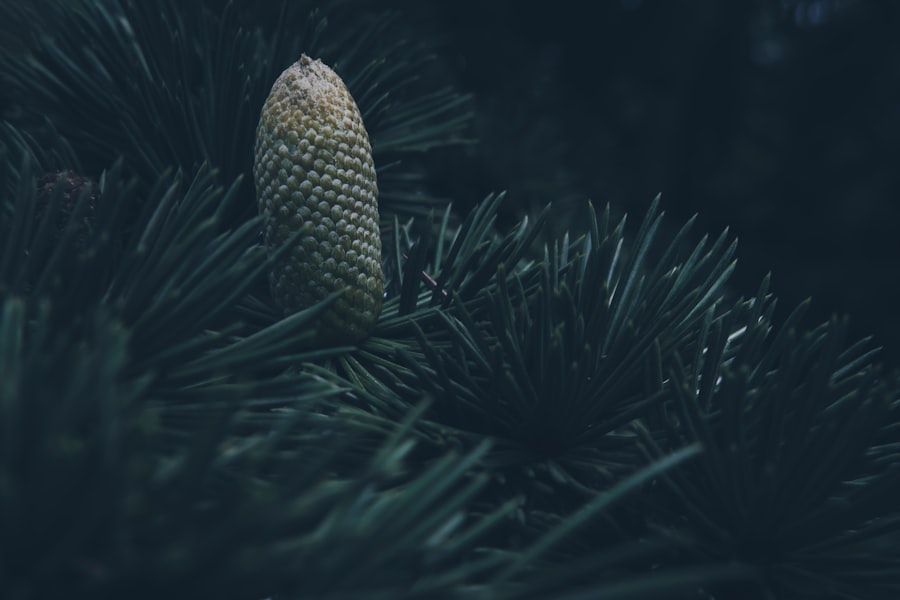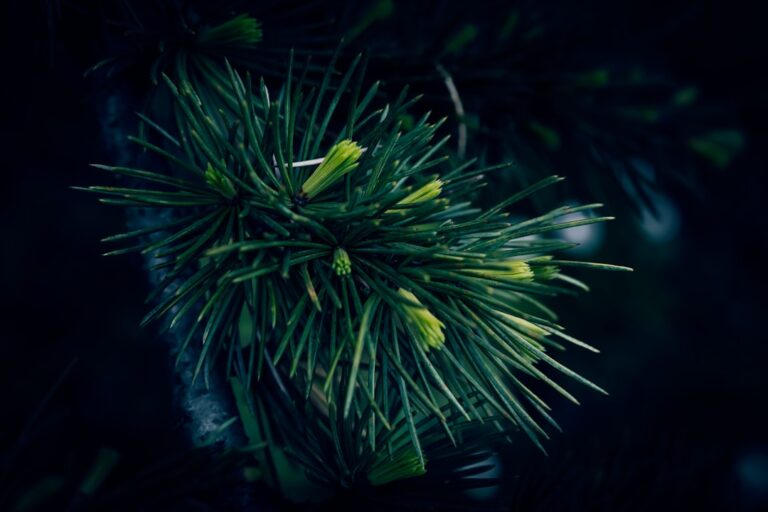Whisky tasting is an intricate art that engages multiple senses, transforming a simple drink into a profound experience. The process begins with the visual examination of the whisky, where the color can provide insights into its age and the type of cask used for maturation. A deep amber hue often suggests a longer aging process or the influence of sherry casks, while lighter shades may indicate a younger spirit or one aged in less active barrels.
Observing the whisky’s legs—those droplets that cling to the glass after swirling—can also reveal its viscosity and alcohol content, adding another layer to the sensory exploration. As one moves beyond the visual, the olfactory experience becomes paramount. The nose of a whisky can unveil a complex bouquet of aromas, ranging from fruity and floral to smoky and spicy.
Each whisky tells a story through its scent, influenced by the grains used, the distillation process, and the maturation environment. For instance, a peaty Islay whisky may present notes of brine and seaweed, while a Highland malt might evoke heather and honey. The act of nosing whisky is not merely about identifying individual scents; it’s about understanding how they interact and evolve as they mingle in the glass.
This aromatic journey sets the stage for the final act—the tasting itself—where flavors unfold on the palate, revealing layers of sweetness, bitterness, and umami that linger long after the sip.
Introducing Cedar Spills: A Unique Way to Enhance Whisky Flavor
Cedar spills are an innovative tool in the world of whisky tasting, designed to enhance and elevate the overall experience. These small, thin strips of cedar wood are crafted specifically for use in whisky tasting, allowing enthusiasts to explore new dimensions of flavor that might otherwise remain hidden. The use of cedar spills is rooted in traditional practices where wood was utilized to impart unique characteristics to spirits.
However, cedar spills offer a modern twist, providing a controlled method to introduce wood-derived flavors without overwhelming the whisky itself. When cedar spills are introduced to whisky, they interact with the spirit in fascinating ways. The natural oils and compounds found in cedar can infuse the whisky with subtle notes of woodiness, spice, and even hints of resin.
This interaction can enhance existing flavors or introduce new ones, creating a more complex tasting experience. The beauty of cedar spills lies in their versatility; they can be used with various types of whisky—from rich bourbons to delicate single malts—allowing each spirit to shine while simultaneously benefiting from the aromatic qualities of cedar.
The Benefits of Using Cedar Spills for Whisky Tasting

The benefits of incorporating cedar spills into whisky tasting extend beyond mere flavor enhancement. One significant advantage is their ability to create a more immersive sensory experience. By engaging with the wood directly, tasters can develop a deeper appreciation for the interplay between wood and spirit.
This tactile element adds another layer to the tasting ritual, encouraging individuals to slow down and savor each moment. Moreover, cedar spills can serve as a bridge for those who may find certain whiskies too intense or challenging. For example, a particularly peaty whisky might be softened by the introduction of cedar, allowing drinkers to explore its complexities without being overwhelmed by its boldness.
This adaptability makes cedar spills an excellent tool for both novice tasters and seasoned connoisseurs alike. Additionally, they can facilitate discussions about flavor profiles and preferences among groups, fostering a communal atmosphere that enhances the overall enjoyment of whisky tasting.
How to Use Cedar Spills to Elevate Your Whisky Experience
| Benefits of Using Cedar Spills | How to Use Cedar Spills |
|---|---|
| Enhances the aroma of whisky | Light the cedar spill and let it burn for a few seconds |
| Provides a smoother taste | Hold the spill close to the whisky glass and gently blow out the flame |
| Creates a unique and enjoyable drinking experience | Swirl the spill around the rim of the glass to release the cedar smoke |
Using cedar spills is a straightforward yet rewarding process that can significantly elevate one’s whisky experience. To begin, select a high-quality cedar spill—these can often be found at specialty liquor stores or online retailers dedicated to whisky accessories. Once you have your spill ready, it’s essential to prepare it properly.
Light one end of the spill until it catches fire, then extinguish the flame by blowing it out or placing it in a glass to smother it. This process allows the wood to smolder gently, releasing aromatic compounds without producing excessive smoke. After preparing the cedar spill, it’s time to introduce it to your whisky.
Pour your chosen spirit into a glass and place the smoldering spill upright in the glass or alongside it. Allow it to infuse for several minutes; this waiting period is crucial as it gives the whisky time to absorb the cedar’s essence. During this time, engage your senses by observing how the aromas evolve and change as they mingle with the whisky.
Once you feel ready, take a sip and notice how the flavors have transformed—what once was familiar may now present new dimensions that surprise and delight.
Exploring Different Whisky and Cedar Spill Pairings
The world of whisky is vast and varied, with each expression offering unique characteristics that can be beautifully complemented by specific types of cedar spills. For instance, a rich bourbon with notes of caramel and vanilla can be enhanced by using cedar spills sourced from Western Red Cedar. This type of cedar has a naturally sweet aroma that harmonizes well with bourbon’s inherent sweetness, creating a balanced tasting experience that highlights both elements.
On the other hand, when pairing with a smoky Islay single malt, consider using Eastern White Cedar spills. The lighter profile of this wood can help soften some of the more aggressive peat notes while still allowing for an exploration of complexity. The result is a whisky that retains its character but gains an added layer of depth through the infusion of cedar’s subtler flavors.
Experimenting with different pairings not only enhances individual whiskies but also encourages tasters to discover their preferences and broaden their palates.
The Environmental and Aesthetic Appeal of Cedar Spills for Whisky Tasting

Beyond their functional benefits, cedar spills also offer environmental advantages that resonate with today’s eco-conscious consumers. Many producers source their cedar from sustainably managed forests, ensuring that their practices do not contribute to deforestation or habitat destruction. By choosing cedar spills made from responsibly harvested wood, whisky enthusiasts can enjoy their tastings while supporting sustainable forestry practices.
Aesthetically, cedar spills add an element of elegance to the whisky tasting experience. Their natural grain patterns and warm hues create a visually appealing contrast against crystal glassware and amber spirits. This visual appeal enhances not only individual tastings but also social gatherings centered around whisky appreciation.
The act of using cedar spills becomes part of a ritual that celebrates craftsmanship—both in the creation of fine whisky and in the thoughtful selection of tasting accessories. In conclusion, incorporating cedar spills into whisky tasting offers an innovative approach that enhances flavor profiles while engaging multiple senses. From their unique ability to transform familiar spirits into new experiences to their environmental benefits and aesthetic charm, cedar spills represent a harmonious blend of tradition and modernity in the world of whisky appreciation.
As enthusiasts continue to explore this fascinating intersection of wood and spirit, they will undoubtedly uncover new dimensions within their favorite whiskies, enriching their understanding and enjoyment of this timeless beverage.








